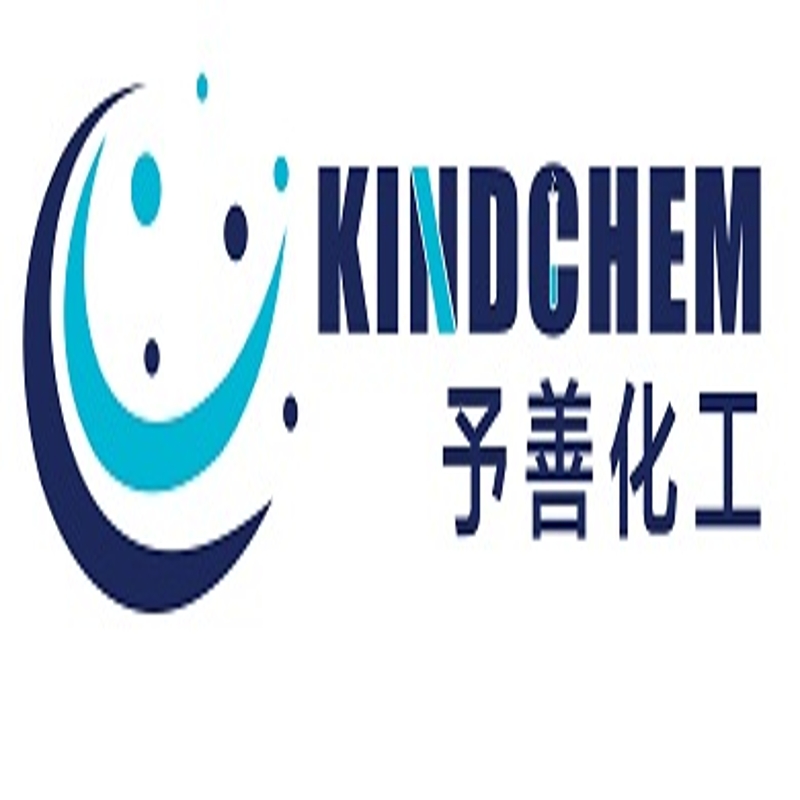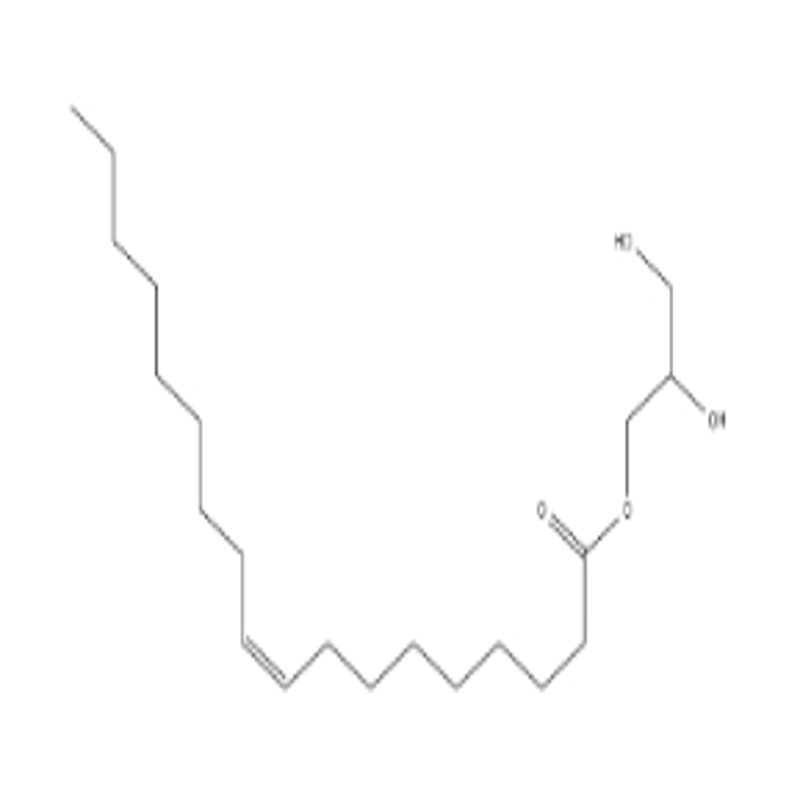-
Categories
-
Pharmaceutical Intermediates
-
Active Pharmaceutical Ingredients
-
Food Additives
- Industrial Coatings
- Agrochemicals
- Dyes and Pigments
- Surfactant
- Flavors and Fragrances
- Chemical Reagents
- Catalyst and Auxiliary
- Natural Products
- Inorganic Chemistry
-
Organic Chemistry
-
Biochemical Engineering
- Analytical Chemistry
- Cosmetic Ingredient
-
Pharmaceutical Intermediates
Promotion
ECHEMI Mall
Wholesale
Weekly Price
Exhibition
News
-
Trade Service
A new engineering thermoplastic alloy combining the advantages of styrene maleic anhydride (SMA) and polymethyl methacrylate (PMMA) has been developed by Polyscope Polymers BV to meet the rapidly growing point-of-care (“POC”) microarra.
Devices made from this material are undergoing final institutional review and are expected to be available for commercial use to healthcare professionals short.
The injection moldable polymer, named "XILOY™ SO2315" SMA/PMMA alloy, has excellent optical properties, is biocompatible with a variety of proprietary coatings, reagents, blood and tissue products, and maintains high dimensional stability To ensure the accuracy and reliability of immunoassay test resul.
The healthcare industry is currently undergoing a phased change due to the introduction of new technologies aimed at reducing costs and improving patient outcomes, including the use of electronic medical records, improved organizational management processes, the development of responsible care organizations, and reimbursement of providers Correlate with quality metrics, thereby changing the traditional fee-for-service payment model common in private and decentralized insurance-based healthcare syste.
The main drivers of these trends—especially in remote or under-resourced areas with limited medical infrastructure and limited access to quality and timely medical care—have developed POC diagnostic devic.
These small (usually hand-held) devices are used to diagnose and monitor a variety of diseases and are suitable for use in primary care settings such as doctors' offices, hospitals and even patients' hom.
When samples must be sent to an external testing laboratory, health care workers and patients can trace back test results days or weeks back in minutes, greatly reducing the time health care workers and patients wait for test results, speeding up Referral and/or access to appropriate care, and may ultimately reduce testing cos.
.
Key factors affecting the accuracy and speed of POC test equipment have progressed in the emerging field of microfluidic chi.
These disposable films, molded from transparent thermoplastics, have functional substrates modified for surface reactivity, and must have molded microchannels 50-100µm wide to deliver trace amounts of human fluids and reagents for diagnostic tes.
By using such a small amount of fluid for diagnosis, the patient is more comfortable (since blood and other fluids are much less aspirated), and quantitative immunization is possible due to short diffusion distances, high surface/volume ratio, and better thermal control Analytical test results can be returned fast.
Currently, the materials used to form this disposable film are polystyrene (PS) and cyclic olefin copolymer (COC), but both have their limitations: while PS has good transparency, it lacks the inherent The surface reactivity of COC requires a functional coating step after molding, which increases time and cost; COC is a new type of polymer, which is expensi.
The latest material used to form microfluidic chips is an alloy of SMA and PMMA - XILOY SO231 The special reactivity of the acid anhydride group of the SMA part of the copolymer is especially helpful for the application of microfluidic chips because it has The inherent ability to react with a "bioanchor" that captures and binds analytes in fluid samples (such as amino acids, peptides, and proteins, e.
SMA also provides higher thermal stability than PS for experiments that require heat-treated samples, and it maintains extremely high dimensional stability to ensure that the microchannels function properly and the film fits into the test equipme.
In general, SMA and PS are not particularly miscible, and the resulting copolymers are less transpare.
Therefore, the chemists combined SMA with PMMA, and the two achieved a high degree of miscibili.
The PMMA moiety in the copolymer provides good transparency for optical detection test methods and good biocompatibility with human tissues and flui.
Copolymers produced by combining SMA with PMMA are chemically compatible with proprietary coatings and reagents commonly used in microfluidic fil.
It is also easy to process and ensures that intricately formed micropatterns have consistent close dimensions, which is critical for accurate and reliable test resul.
In addition to disposable microfluidic films for POC medical diagnostic devices, XILOY SO2315 copolymer is suitable for use in a variety of demanding applications such as lighting, displays, household goods, and consumer disposabl.







